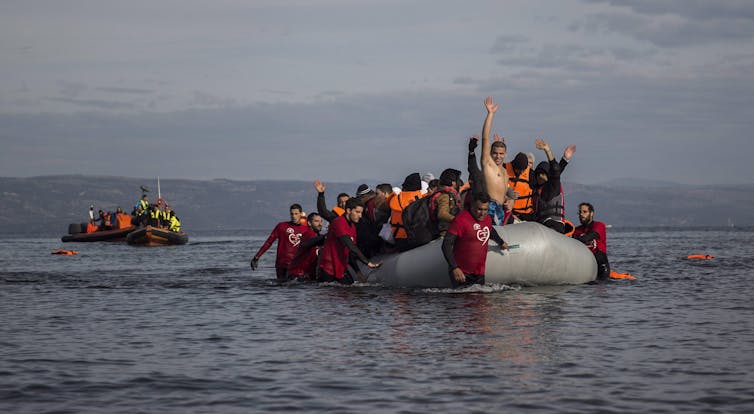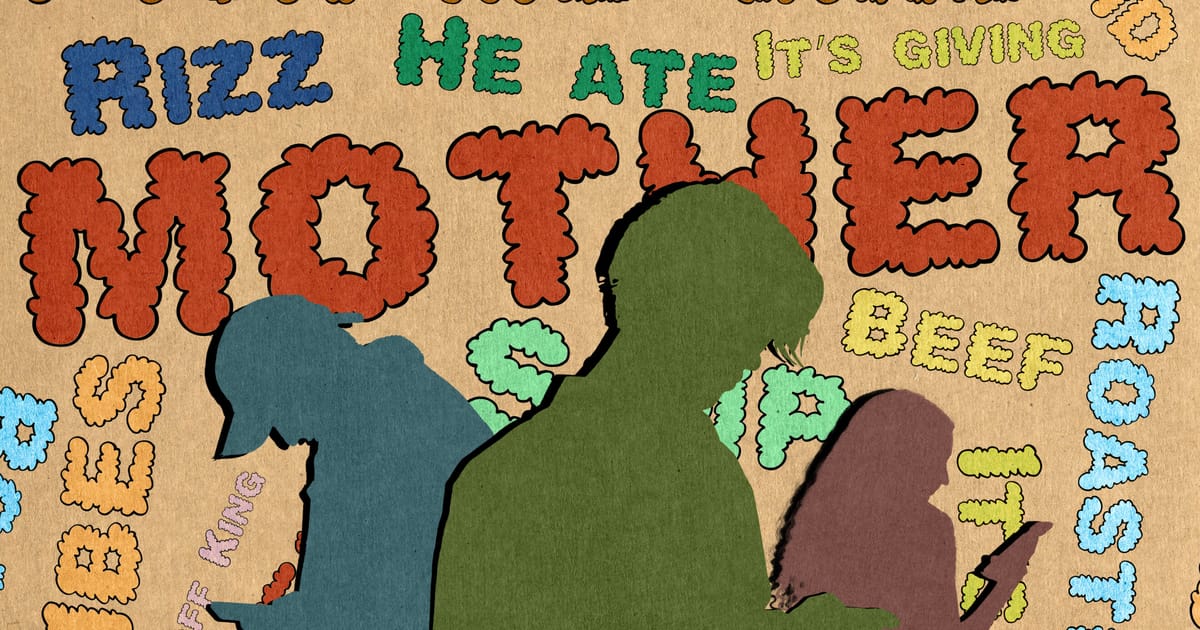The 2015 European migration crisis still impacts the European Union today. More than 1.3 million displaced people sought asylum in the EU, the most since the Second World War.
The EU’s institutions and its antiquated laws for migration, specifically the Dublin Regulation, proved inadequate for the task.
Unfortunately, the EU did not learn the lessons from 2015, and is once again sleepwalking towards another crisis as migrants increasingly cross its borders. This will likely become a worsening situation in the aftermath of the devastating earthquake in Turkey and Syria.
The EU’s weak response to the 2015 migration crisis stemmed from the inadequacy of the organization to meet large-scale problems.
The EU, rather than being a unified entity, is a confederation of states. Each of these states has its own agenda and perspective. As a result, when a problem of the magnitude of the European migration crisis of 2015 arises, each responds in accordance with their own interests.
Hungary erected a fence along its borders in 2015 to keep migrants out of the country.
Greece, lacking resources due to the financial crisis plaguing the country, found it difficult to meet its Dublin agreement obligations.
Germany was initially lauded for establishing an open door policy. However, the policy exacerbated the situation over the long-term by encouraging states to take unilateral action.

(AP Photo/Bela Szandelszky)
EU-Turkey deal
Only a united response ultimately stemmed migration flows to the continent. In the 2016 EU-Turkey deal, the EU agreed to certain political and economic concessions in exchange for Turkish assistance in limiting migration to the EU. The agreement demonstrated the efficacy of EU countries working in concert.
But even though the deal stemmed the flow of migrants, it was never a permanent solution. Tensions between the EU and Turkey predated the agreement. The failed 2016 coup attempt in Turkey, and the resulting suppression in the country, exacerbated tensions in EU-Turkish relations.
Rather than using the breathing space created by the 2016 EU-Turkey agreement to establish an effective response, the EU has further fragmented on the issue. Concerns over migration, in fact, played a key role in Brexit, the U.K.’s exit from the EU.
Other EU countries refused to accede to any plan that would require them to accept migrants. Only on the issue of Ukrainian refugees has the EU acted in concert, although accusations of a double standard — or worse — persist.
Is the welcome to Ukrainian refugees unusually generous — or overtly racist?
Economics, tech, climate
This fragmentation among EU states is particularly problematic given current global trends.
In the case of the 2015 European migration crisis, journalists and outside observers placed disproportionate emphasis on the role of the Syrian Civil War and conflicts in Afghanistan and Iraq.
While these conflicts created large numbers of refugees, analysts overlooked two crucial factors: economics and climate change. The reason for this neglect is twofold.
Environmental disasters are fuelling migration — here’s why international law must recognize climate refugees
First, conflicts typically capture the media’s attention. Long-term causes like environmental and economic factors are more difficult to examine in the 24-hour news cycle.
Second, only people fleeing conflict or persecution qualify as refugees under international law.
Economic divides between states will remain a major factor in mass migration. Scholars commonly refer to push-and-pull factors when examining migration. Push factors, such as conflict, are reasons why people leave a country. The potential for a better life for one’s immediate family is the ultimate pull factor.
Technological developments are further incentivizing economic migration.
The proliferation of television and the internet is making global disparities between countries more apparent. People seeking better lives are now confronted with the disparity and potential opportunities in real time.
Observers frequently underestimate climate change in their examinations of refugees. Estimates at the higher end of the spectrum, however, place the number of potential climate refugees at 1.2 billion people by 2050.
Climate change is also a source of potential conflict and can create traditional refugees. An argument can be made, in fact, that climate change was a direct cause of the Syrian Civil War given severe drought and water shortages.

(AP Photo/Santi Palacios)
Repeating the same mistakes
The causes for economic and environmental migration are rising. Wealth disparity is set to increase among states. The impacts of climate change are also poised to accelerate in the near future, with several of the most vulnerable countries already accounting for a significant number of migrants to the EU.
The EU demonstrated an ability to act in a unified manner when it involved Ukrainian refugees. Unfortunately, the same cannot be said for other mass migrations in the past.
EU leaders are wrongly believing their individual policies, not COVID-19, accounted for the decline in migrants.
This stance is not only inaccurate, but sets the EU up for failure in the future. Mass migration, and the challenges it poses, are beyond the capabilities of any one EU state.
Unfortunately, EU politicians are ignoring the lessons of the immediate past, and instead repeating the problems of 2015.



